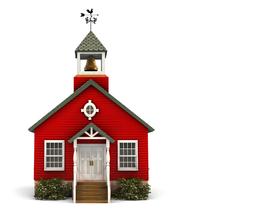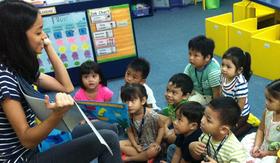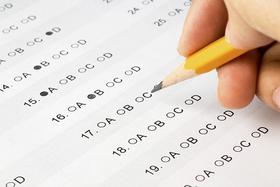What is a Safe School?
The idea behind a safe school is that you know your child will get into at least one of the schools on your shortlist. Let's start by reviewing the steps in the process.
1. Cast your net as widely as you want.
This is the fun part of the process.
Look at anything and everything. No holds barred. If a school in Dallas appeals to you, put it on the list. If one in Lakeville, Connecticut, floats your boat, add it to your list.
End up with 15-20 schools on your first list. Be sure to visit each one virtually. Most schools will have videos, so you can get an idea of what the schools are like by watching the videos. This is not a substitute for visiting a school. It's merely the first pass.
While this video discusses applying to safe colleges, the same reasoning applies to private high schools.
2. Create a shortlist of schools.
Now you have to determine which school or schools will be your safe school.
What exactly is a safe school? It's a school to which you have an excellent chance of being admitted. It's a school that perhaps is not as competitive as others on your list.
That is the challenge of the second step in this process. Determine as accurately as possible which schools are genuine reaches or where you have a tiny chance of getting in. Yes, anything is possible. But you don't need to rely on a miracle to get accepted to a school.
This video discusses the concept of shortlisting schools and why it's essential.
How do you figure out which schools are challenging to get into and which are not? You do it two ways: Look at the data on this site. When you see acceptance rates of 25% or less, then that's a very selective school. As a rule, it will receive 2 to 4 times the number of applicants for which it has places. It's very competitive to get into. You will have to have everything the school is looking for. Failed subjects and expulsions will probably get you off their list fast.
As you develop your shortlist, sort the schools into three tiers. Tier 1 can be the schools that are a reach. Tier 2 can be schools where you feel you stand a good shot. Tier 3 will be the safe schools.
Unless you are a private school consultant, you will find it challenging to create the three groups or tiers of schools. That's why you need an educational consultant. A consultant knows her schools. She can tell you whether your child has a good chance of getting into a particular school. She can suggest alternatives.
In truth, the school that is so very competitive is a wonderful school. We all know that. But so are dozens of other schools out there. Think of them like hidden treasures. They don't have the cachet of one of those old New England schools, but is cachet what you are really looking for? Finding the school that is the best fit for all your requirements is the real point of this exercise. Find that school, and your child will be happy. That's a good thing.
What is a selective school?
Selective schools are schools that offer their places based on a specific selection criteria – this is usually a child’s academic ability, but can also be if they have an aptitude for music, arts or sports too. There is usually a range of schools like this that are highly selective, and a range that are slightly less selective.Some may say that the benefits to selective schools are that students are learning amongst other students of similar ability. Other benefits may include a faster paced environment, more challenging work that leads to students challenging each other to succeed.
However, this kind of environment doesn’t suit all children; children develop at different paces and being in a competitive environment may be too difficult or overwhelming for them. They may seem ahead, but then reach a plateau period in their development. Source: Alice Smith Schools Blog
Questions? Contact us on Facebook and Instagram. @privateschoolreview
#safeschools #admissions #privateschools












